Unlike humans, with our mere five senses, mechanical systems can be rigged to sense just about anything, at any threshold, often in environments people couldn’t endure. NASA uses sensors to monitor conditions ranging from the interior of a jet engine to the vacuum of space, and they measure anything from wind currents to trace gases.
Insider's Blog
Technology Transfer Insights From our Team of Experts
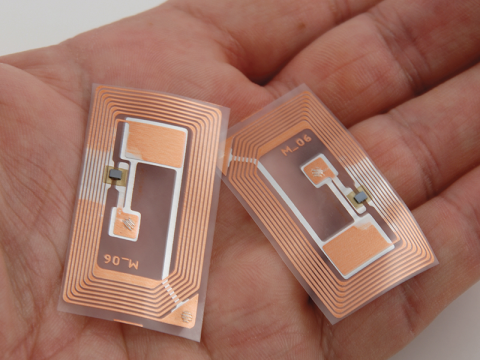
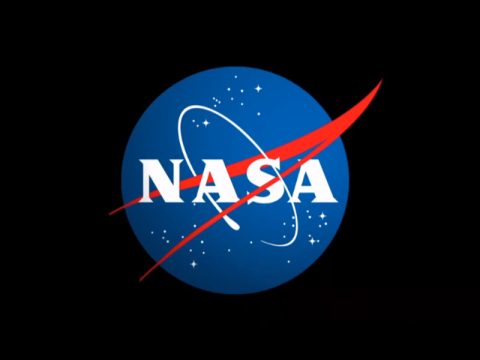
With a shared commitment to fostering U.S. economic growth that benefits the American public, NASA’s Space Technology Mission Directorate and the Department of Commerce’s U.S. Patent and Trademark Office (USPTO) have signed a memorandum of understanding to strengthen collaboration in transferring federally-developed technology into the private sector, known as tech transfer.

For over two decades, Paul Gradl, now a principal propulsion engineer, has been inventing solutions to address the challenges of space travel. He started as an intern and now holds five patents – three of which are licensed by commercial industry.
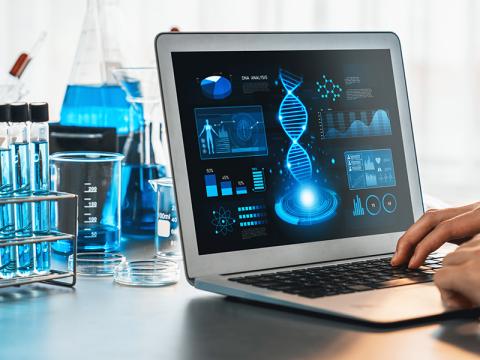
Innovations for space lead to new technologies on Earth supporting health and wellness – from cancer detection and treatment to surgical cameras and ai
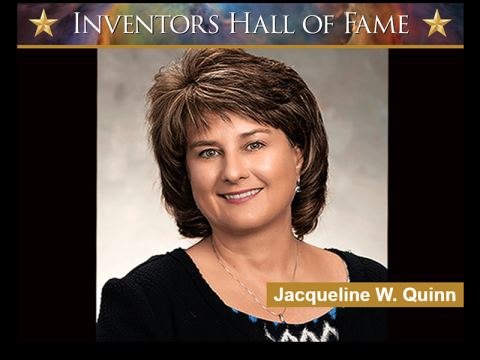
From the Earth to the Moon, Jackie Quinn, an environmental engineer at NASA’s Kennedy Space Center in Florida, is an innovation powerhouse. She’s applying her Earth-bound experience to technology for the lunar surface as the project manager for the Mass Spectrometer Observing Lunar Operation (MSOLO) instrument and The Regolith and Ice Drill for Exploring New Terrains (TRIDENT) drill.

Imagine waking up from a good night’s sleep on temperature-regulating bedding, applying your sunscreen, and cooking vegan breakfast patties – all before leaving the house with UV-blocking sunglasses on.
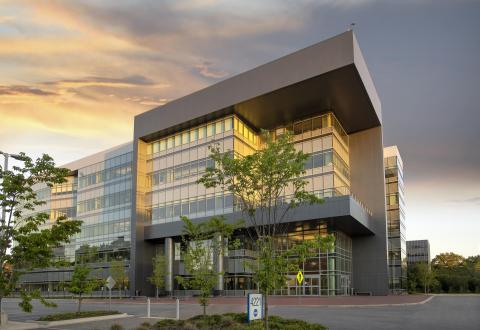
Marshall Space Flight Center (MSFC) makes some of the most vital propulsion systems and hardware for NASA’s flagship launch vehicles and has anchored the north Alabama region since the 1960s.







